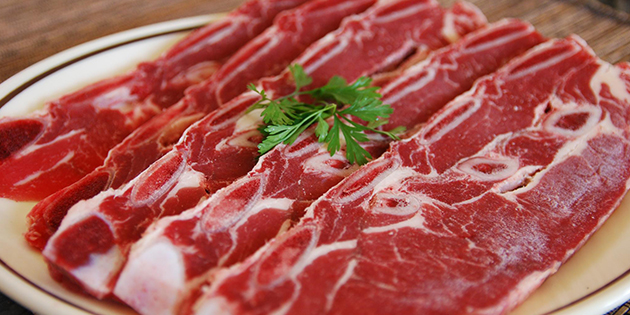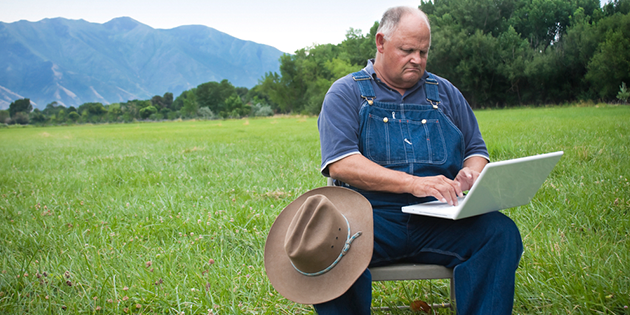If you want to create a buzz about your small farming operation, it is important that you garner it some local online visibility. This can be achieved through things like a responsive website or being active on social media.
However, as every business owner knows, you never know where your sales leads may come from. That’s why if you are looking to promote your local produce business, it is important to market yourself out in the community, as well as online.
While it would be wonderful if you could afford print and broadcast ads, this is probably not financially feasible. So how can you get your business noticed in the community without spending a lot of money? Here are three simple ideas that will help you to get the word out about your business:
- Join a cooperative. A cooperative offers larger clients the convenience of buying from a single source. When you work as part of a cooperative, your produce can be sold to larger institutions, such as schools, whose needs you would not be able to meet on your own. Further, many cooperatives have a spokesperson that helps to market its members.
- Make a stand. While it may seem like small potatoes, a roadside stand can really help to increase your visibility in the community. Such a stand also will allow you to avoid fees that come with most farmers markets. You may be surprised at the number of visitors your stand attracts and, if your produce is outstanding and your service top-notch, how quickly word of your business spreads throughout the community.
- Go restaurant-hopping. Many local restaurants are searching for local produce to use when preparing their menu items. Visiting local chefs and restaurants and providing them with a list of produce you can provide is a great way to sell your homegrown items. Many restaurants will even list your farm on their menu, which gets your name out in the community and allows people to sample your produce.
While your agricultural operation may be small, it doesn’t need to stay that way. By promoting your business online and offline, you may be surprised at how quickly word spreads about your homegrown merchandise.






